#math and art
Explore tagged Tumblr posts
Text

“Oh Well”, 2013, acrylic on canvas

The above paintings are from Mel Bochner‘s 2024 exhibition ALL SALES FINAL! at TOTAH, in NYC. Sadly, the artist passed away this month at the age of 84.
Bochner was a conceptual artist with a career filled with works that challenged expectations. His work incorporated photography, installation pieces, and later the text-based paintings for which he became well known.
Border Crossings Magazine has an excellent interview with the artist from 2018 where he discusses his work and process, his early days writing about art, his famous Working Drawings and Other Visible Things on Paper Not Necessarily Meant To Be Viewed As Art from 1966, and more.
Below are a few excerpts-
On the text paintings and the viewer-
The “Thesaurus” paintings are a lot about voice, about who’s speaking and the tone of one’s voice. I don’t think it is anything that painting has dealt with very well. It’s one of the places where colour comes in because colour sets a tone, in an aural as well as visual sense. The viewer becomes a reader, a very different sense of involvement. The words grab the viewer. Once they see there is something to read, they’re liable to stop and read it. They engage with the painting in a different way, because seeing and reading take place in separate parts of the brain.
On where the words come from-
So is the process one in which you’ll get a word in your head from reading or overhearing something, and that will be the ignition for that particular painting?
I like that “point of ignition,” but you never know when it’s going to happen. Many years ago when both my kids were living at home, one was in high school and one was in grade school, listening to them talk was like living in a language factory. I would hear stuff and say, “Wow, that is a really interesting word, I can use that.” Sometimes I would overhear a conversation on the subway or read something in the newspaper and that would get me thinking. The words could come from anywhere. What I was trying to understand is how we talk now.
And here he discusses his use of color in the text works, specifically in Oh Well (2010)-
Is all language necessarily a palimpsest, so that when you enter its terrain, you’re always entering previously occupied spaces?
Yes. The thing with synonyms, which Roget himself first said, is that no two words ever mean the same thing. You’re moving through different shades and approximations of meaning. That was something I was thinking about in regards to the colour in the “Thesaurus” paintings. I never used the same colour twice in the same painting. They all had to shade off somehow, like synonyms. I would make a drawing recording every colour that went into every letter, and there are a couple of hundred letters in each painting. For example, Oh Well (2010). “Oh” was in Old Holland yellow green, “well” was in Williamsburg brilliant yellow, plus pale grey and cadmium yellow medium. “That’s” was in Gamblin quinacridone violet with a touch of Holbein grey and white. “Goes” was Williamsburg persian rose pure. Some of them got really complicated. “To” was Holbein light red earth and Old Holland yellow ochre deep and Williams cadmium orange and Gamblin Portland grey medium and Old Holland warm grey light plus white, plus Williams quinacridone maroon. This was my shopping list.
He also discusses his interest in philosophy and in this section he discusses Edmund Husserl‘s idea of brackets and applies it to creating art-
…When you can’t figure something out in math, you set it aside by putting it in brackets. You haven’t eliminated it; you haven’t discarded it; it’s just there waiting for you. So as I started reducing my work more and more, I put all those things aside: “Right now I can’t deal with colour; I can’t deal with shape; I can’t deal with surface. So what can I deal with; what can I do that feels authentic to me?” In the beginning it was just drawing numbers or writing words. Then as time went on I wanted to add things back in to increase the range and depth of the work.
To take them out of the brackets?
To move them into the equation. As you get older you build up a body of work and gradually give yourself more permission. I always thought that if Mondrian in his most classical year—1923 or 1924—if somebody had shown him Victory Boogie Woogie (1944), unfinished with all that masking tape, and said, “You’re going to paint this in 20 years,” he would have said, “You’re out of your mind, there’s no way I’m going to do that. It’ll never happen.” Or he would have had a heart attack and dropped dead on the spot. So if you’re fortunate to work for a certain length of time, there’s a trajectory but it’s not direct. If you want to continue making things that surprise you, you have to go against your own sensibility and see where the contradictions will take you.
The deferral that is contained within the brackets is a lovely notion. Does it mean that the act of being an artist is an engagement with contingency?
Yes, but there are always limits to contingency. Look, if you come into your studio, day after day, year after year, you want to have the feeling by the end of that day that you might have done something you’ve never seen before, something unexpected. If it’s the same old thing, then what are you doing? The place to be is where you don’t know where your work is going. If it doesn’t go anywhere today, that’s okay, too, because maybe it will tomorrow.
#Mel Bochner#Conceptual Art#Art and Language#David Totah#Art and Writing#TOTAH#Art with Words#Border Crossings Magazine#Drawing#Drawings#Edmund Husserl#Math and Art#Philosophy#Photography#Visual Language#Working Drawings#NYC Art Shows#Text Paintings#Art#Painting#RIP
1 note
·
View note
Text

math nation does this happen to you too
#i know nothing about math#i have dyscalculia#spent all 5 years of high school not knowing about it and sucked ass at anything regarding math not knowing why#artists on tumblr#my art#arcane#viktor arcane#jayce talis#jayvik#jayvik fanart#fanart#arcane netflix#jayce league of legends#viktor headcanons
15K notes
·
View notes
Text
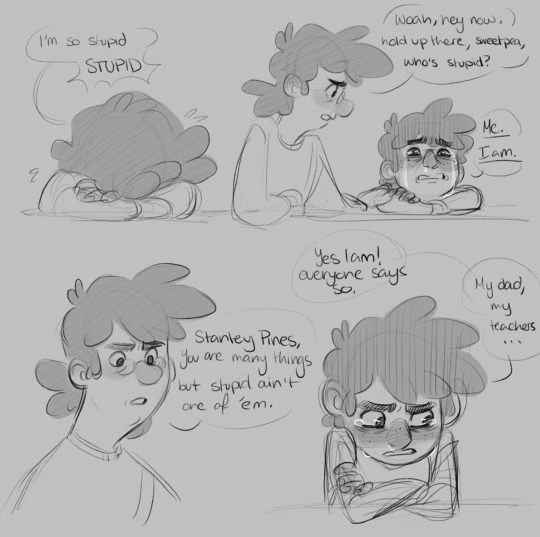


I am once again back with my Stan Pines is smart agenda
#I was NOT vibing with this brush today goodness gracious#anyways everyone say thank you to uncle fidds for teaching Stan the math he didn’t think he could do <3#my art#gravity falls#twins in time au#Stan pines#stanley pines#fiddleford hadron mcgucket#fiddleford mcgucket
14K notes
·
View notes
Text
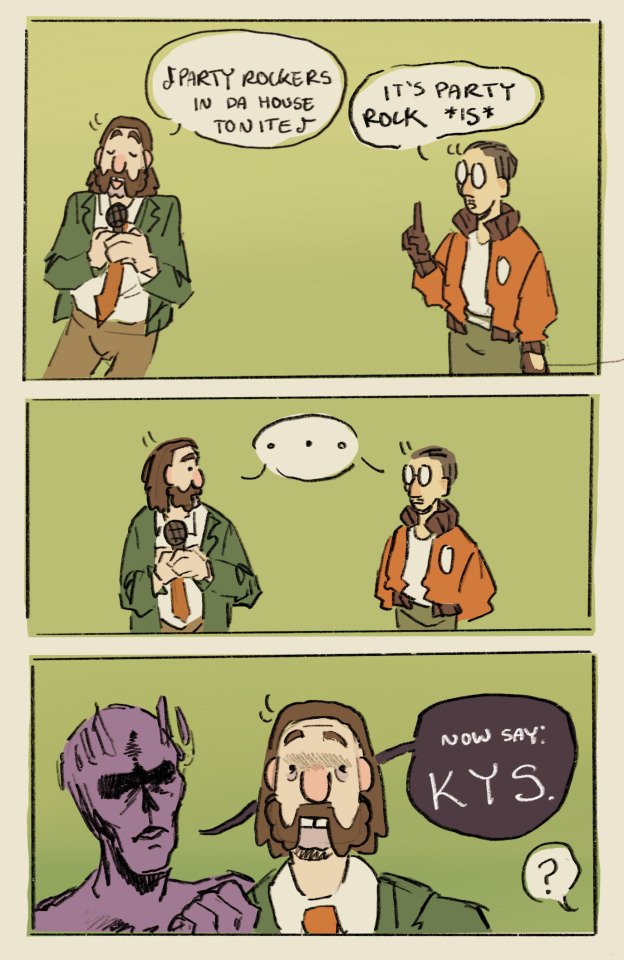
We got a party rocker in the house tonight!!!!!

#I got distracted. I was supposed to be doing my math homework. Not this.#my art#comic#doodle#disco elysium#harry du bois#kim kitsuragi#Sigh.
3K notes
·
View notes
Text
Prefect teaches Sebek on how to draw a perfect circle [Comic]
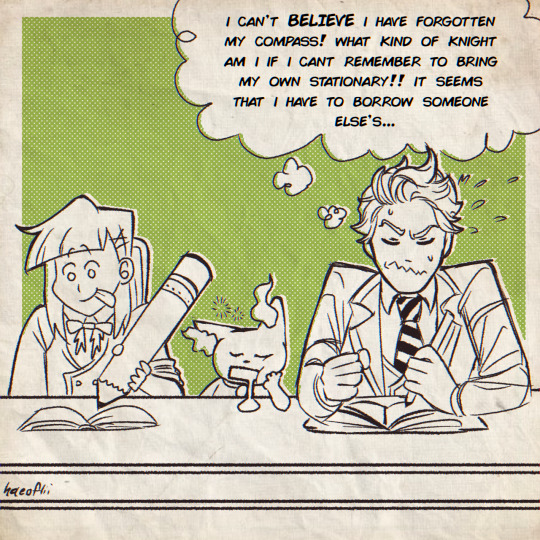

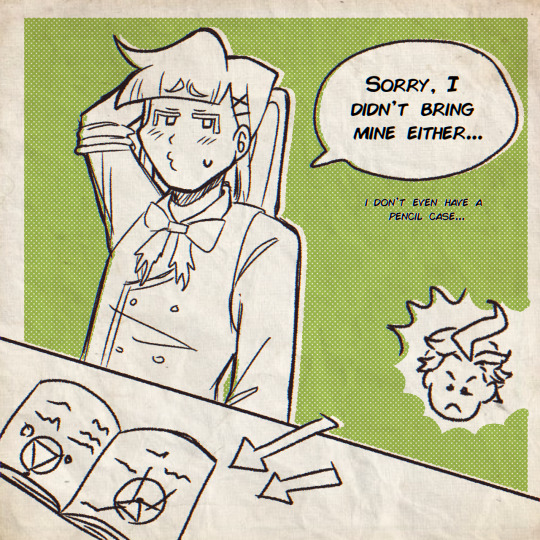
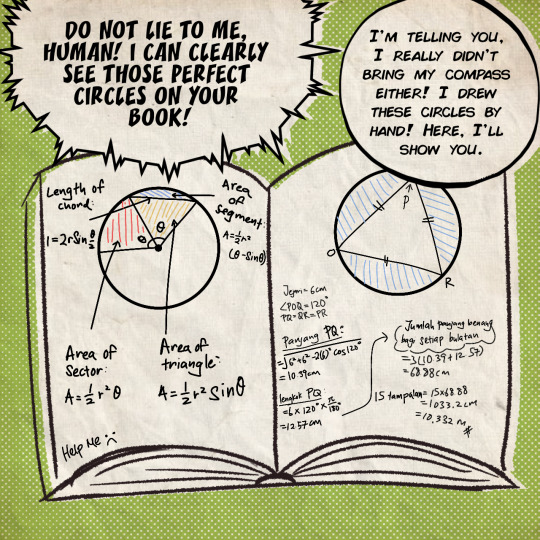
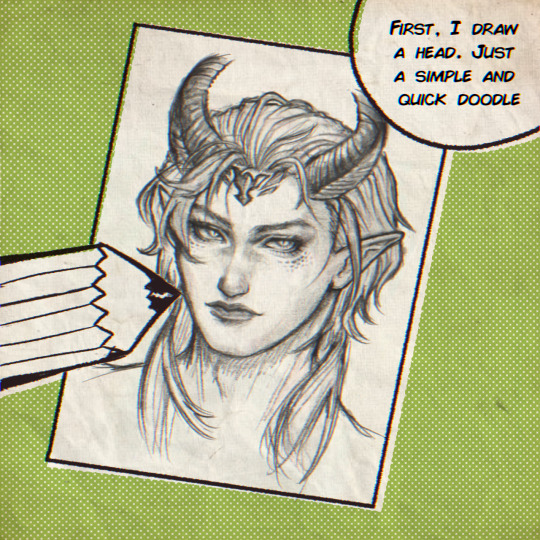
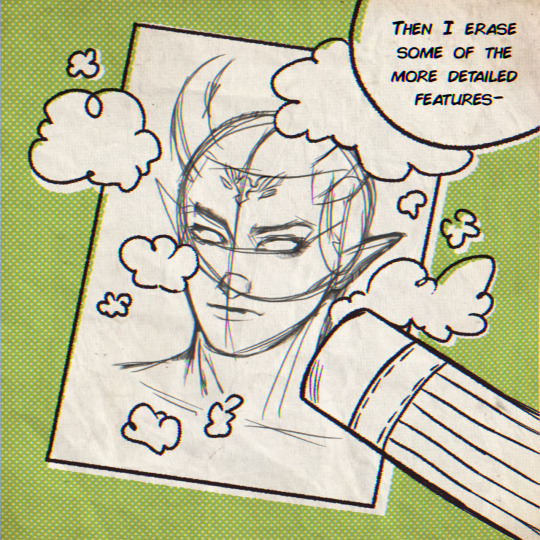
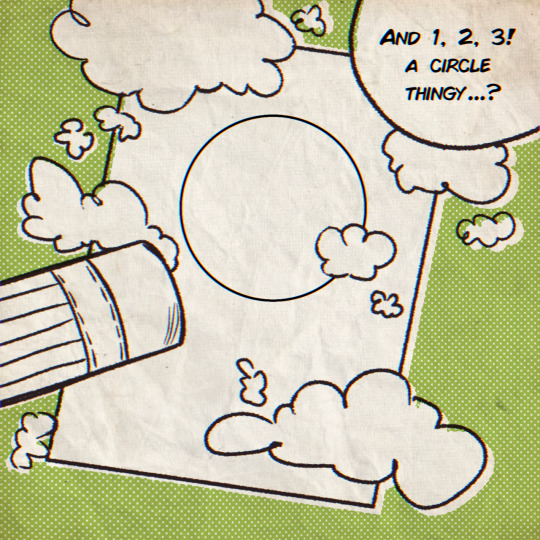
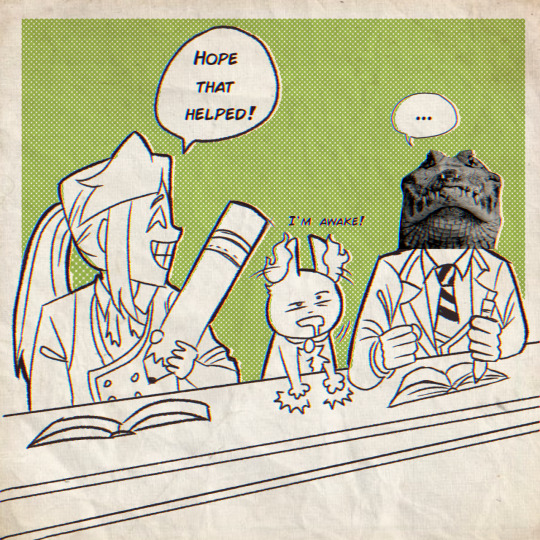
Originally i wanted to post the malleus drawing on his birthday but i thought it would be waayyy funnier if i made a spongebob reference instead
Full picture:

#i also wanted to experiment with my art style for a bit#as well as mess around with the textures#you can tell i got lazy in the end#i also used my hw for the math equation#twisted wonderland#twst oc#twst#twst yuu#twisted wonderland oc#disney twisted wonderland#twst fanart#disney twst#twisted wonderland fanart#hae's art✩#sebek zigvolt#twst sebek#twst grim#charlie ⭐#malleus draconia#twst malleus#twst comic
4K notes
·
View notes
Text
I've developed mathematics for a non-human mind, for my comic "The book written by tiny paws"
Sapient distant descendants of rats, known as packers, living on Earth millions of years after the extinction of humans, began to develop mathematics using cognitive mechanisms never intended for such tasks. Due to an evolutionary quirk, multiplication came more naturally to them than addition, and their mathematics reflects this.
Packers write numbers as shapes, with each number having a corresponding number of corners.

And they write large numbers as nested shapes. The number inside is multiplied by the number outside.

Examples of some numbers:

Packers haven't invented 0 yet. They haven't even invented 1! In fact, they don’t need the concept of "one" much in their system. There's no need to say "I ate one fish" when they can simply say "I ate fish".
Packers can't yet write large prime numbers, like 101 or 10,501, because they would have to draw a huge shape to represent them! Even writing 17 or 19 would be quite difficult if they only used convex shapes.

So packers use non-convex shapes too!

Many years later, some packer noticed that large prime numbers look suspiciously symmetric.

So this packer improved the notation system and made it clearer.

Later, another packer simplified this system even more, deciding that there was no point in writing the same shapes twice.

This packer was the first in their culture to declare that "a dot isolated from a number" should also be considered a number. The packer called this dot "the wonderful number that's less than two".
Many years later, another packer made an important innovation: the "dot isolation" could be repeated multiple times as long as the result remained odd. When the result became even, it could undergo a "two isolation" (division by two). The final result will be a series of dots and twos.

This invention led to the creation of a binary system based on one and two, which had a significant impact on the technological advancement of packers.

The comic "the book written by tiny paws" talks about all of this in more detail. There will be mistakes, debates, the invention of rational, irrational, multivariate numbers, and some other stuff. Some stuff will be very much like human math, and some will be different. After all, math is still math, only the point of view has changed.
#art#digital art#oc#comic#webtoon#webcomic#drawing#orig#lineart#black and white#cute#animals#the book written by tiny paws#math#speculative biology#spec bio#mathematics#math posting#comics#artists on tumblr
7K notes
·
View notes
Text
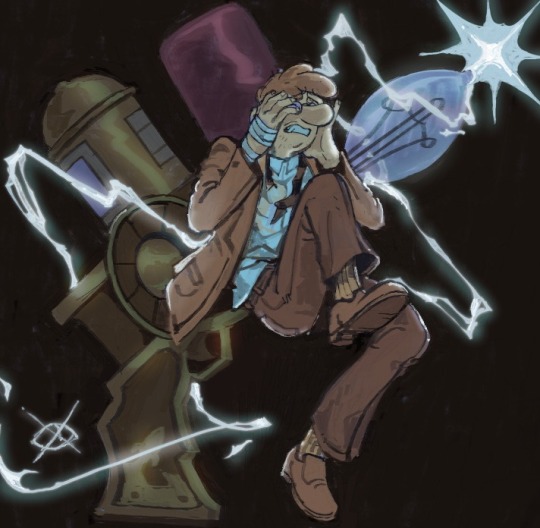
life of regret
#fiddleford mcgucket#fiddleford#gravity falls#my art#no way . i had all of these tags written out on mobile ab stanford and fiddleford post fallout and it CRASHEDDDD#THEYRE GONEEEWW (slipping thru my fingers like sand)#whag freaking ever . i was just talking about how i always forget theres a pocket of time between their split and fords disappearance#and how crazy it is that i had no idea fidds used the gun on ford until last month#it just unlocked smt in my brain thats all.👐 and then i said i was smashing my head w a rock. maybe even 20❤️#tbh i was neutral on fidds back then but i rly rly like him now T_T .. power of other fidd enjoyers lifting me up#i had a lot of fun coloring this one but i didnt know what exactly i wanted to do w it . i had fidds and the gun all finished#but i was like uhhh.. >added the wrapped light#and then i added a whole bunch of scribbled soc of the blind eye symbols but it was waay too crowded/busy#i wish i couldve found a way to keep them😧 u know when HAHAHAHAH u know those ugly like#math prints of just random equations . thats what it started looking like n i had 2 tap out#editing 2 say i posted this and i had that panic NOOO WAIT ITS JOT FINISHED but I Will be Okay.<say it w me#if i spend too much time on it ill just overwork it and then never share so -__-
7K notes
·
View notes
Text

when the 𝑓(𝑥) = 𝑎𝑥³ + 𝑏𝑥² + 𝑐𝑥 + 𝑑 😋
#bloodborne#micolash host of the nightmare#decadentart#Hello Again Ugly. Ew#actual title of piece is ‘function’#nothing rlly special just kinda playing around . this wasnt the original idea. was originally gonna have a bit more . Moths#saving that for latterrr :)#For those curious#it tooks mw like. 20 mins to get a good looking graph on demos. i hate math. UAGH#working on more art of this guy btw. he really makes me sick#this is kind of a quick scribble tbhh cuz . uah. inspiration struck hard randomly
4K notes
·
View notes
Text

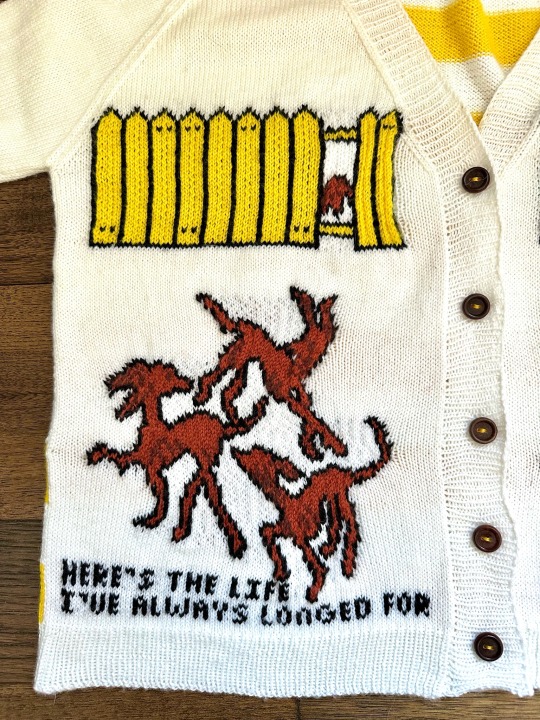
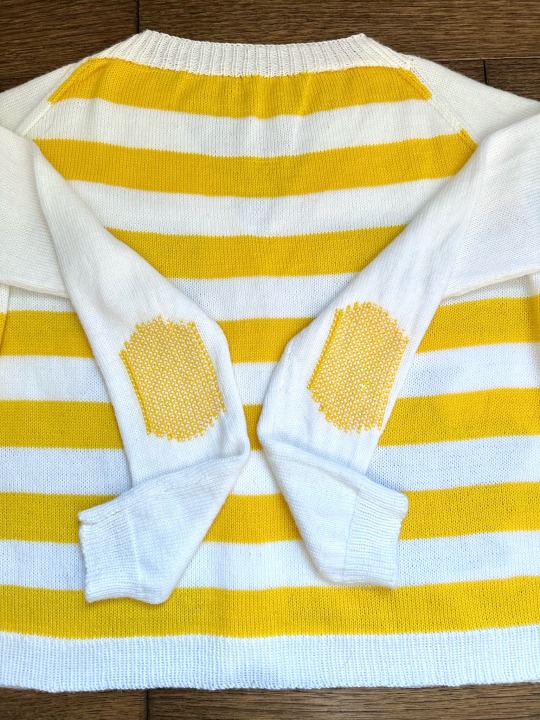

when art (below left, print by Anna Haifisch) inspires art (below right, follow up by @molabuddy) inspires art (above, hand knit cardigan by me)🐕


#knitting#knitblr#wip#this cardigan came together through the power of math and wishes and dandelion kisses let me tell you#sometimes my brain gets an idea (raglan flat stranded colorwork cardigan with side seams) and i’ll find no other sweaters quite like it and#i simply must plot and scheme and math until something magical happens. as such.#no formal pattern is written yet! but perhaps! someday in the future!#and yesssss return of my seed stitch elbow patches mwah mwah <3#i love when art inspires art though#anna heifisch#here’s the life i’ve always longed for#plus the bonus panel by molabuddy!! the stubborn hope it adds to the message is one i feel deep in my bones
3K notes
·
View notes
Text

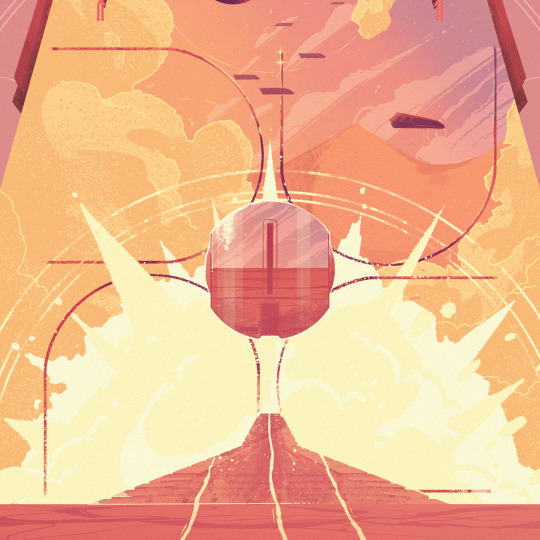
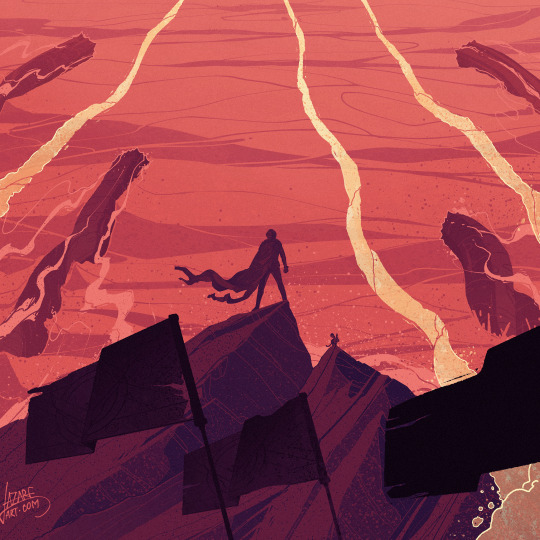
Lead them to paradise.
#dune#had to do some math for this!#dune part two#dune 2#paul atreides#jessica atreides#arrakis#my art#legionofpotatoes#sorry for this again wanted to big brain the presentation so i tried a Thing#feel like it stitches together fairly well
16K notes
·
View notes
Text



Center sculpture by Claire Falkenstein- “Point as a Set #10, c.1962, copper

Large painting on the right- Bettina Brendel, “Particles or Waves?”, 1969, acrylic on canvas
Palm Springs Art Museum is currently showing Particles and Waves: Southern California Abstraction and Science, 1945-1990 a selection of abstract work created by Southern California artists influenced by that era’s scientific ideas and breakthroughs. These explorations are divided into sections focused on optical science, mathematics, color in motion, and space age abstraction. The exhibition also includes several experimental films created during this period.
From the museum-
Beginning in the 1920s and 1930s, scientists at institutions near Los Angeles including Mount Wilson Observatory, the California Institute for Technology, and the Jet Propulsion Laboratory in Pasadena, generated groundbreaking experimental research in astronomy and particle physics. During and after World War II, the region remained at the forefront of scientific inquiry in theoretical physics and its applications within aerospace engineering, industrial manufacturing, and communications technologies. Between 1945 and 1990, many artists in Los Angeles produced visually abstract artworks while closely engaging with scientific ideas, mathematical theories, and materials or processes derived from physics and engineering.
The exhibition unites several generations of artists working in diverse materials and styles to examine how subfields of scientific investigation inspired a range of non-figurative artworks by practitioners concerned with light, energy, motion, and time. By drawing interdisciplinary connections between the work of early abstractionists and contemporary practitioners, the exhibition considers abstract artwork from Southern California in a new way.
Below are a few selections along with information from the museum.


Claire Falkenstein, “Orbit the Earth”, 1963, Oil and metallic paint on nine canvas panels
Through both abstract paintings and sculptures, Falkenstein explored subjects inspired by astrophysics. In Orbit the Earth, she conveys a sense of motion through patterns of curved points in metallic paint and sweeping lines that reveal traces of the painting’s black background. The artist referred to her small gestural marks as “moving points” and explored how arrangements of these painted forms could express types of motion and energy in the universe. In her hanging sculpture Sun represents a dynamic celestial form that shifts in appearance as viewers move around the work. The sculpture’s open, webbed structure creates a continuum between the work and its surrounding space, parallelling interconnections between the Sun and other cosmic phenomena in the solar system.


Helen Lundeberg, “Untitled (Sectioned Planet)”, 1969, Acrylic on canvas (left) and Eva Slater, “Galaxy”, 1954, Oil on panel (right)


Oskar W. Fischinger, “Space Abstraction No.3”, 1966, and “Multi wave”, 1948, Oil on canvas

Hilaire Hiler, “Parabolic Orange to Leaf Green”, 1942, Oil on board

Inspired by the idea of enlivening artwork with electricity, Malina developed a range of kinetic paintings like Mitosis beginning in 1956. This work exemplifies the artist’s Lumidyne system of works where illuminated colors shift through cycles generated by an encased motor, rotating components, and electric light sources. A founder of Caltech’s Jet Propulsion Laboratory in 1936 and a preeminent American specialist in rocketry, Malina turned to creating artwork in the early 1950s after relocating to France.


DeWain Valentine, “Vertical Section”, 1979, Laminated glass

Bettina Brendel, “Prisms”, 1982, Acrylic on canvas

Miriam Schapiro, "Computer Series #3", 1969, Acrylic on canvas

Bettina Brendel "A Numbered Universe", 1966, Oil on canvas

Lee Mullican, "Computer Joy", 1987, TGA file 512 x 428 pixels
In Computer Joy, repeated and overlaid sections of lines and geometric forms produce an all-over field of pixelated patterns. While teaching at the University of California, Los Angeles in 1986, Mullican explored the artistic posibilities of new computer imaging technologies. The ability to readily duplicate digital shapes using the computer complemented his long-standing practice of applying repeated striations of pigment into patterned arrangements in paintings like Source from 1981.


Lee Mullican, “Source”, 1981, Oil on canvas

James Turrell, “Afrum (White)”, 1966, projected light
In Afrum (White), a modified projector casts a rectangle of white light onto the corner of the otherwise darkened gallery, creating the illusion of a floating three-dimensional cube. The crisply defined area of light changes in appearance depending on how viewers move in the space. Through his precise manipulation of light within specific spatial environments, James Turrell creates opportunities for viewers to engage with nuanced processes of perceptual experience.

Man Ray, “Shakespearean Equation: King Lear”, 1948, Oil on canvas
While living in Hollywood in the late 1940s, Man Ray produced his Shakespearean Equations, a series of paintings depicting mathematical models that reference plays by William Shakespeare. King Lear highlights the aesthetic qualities of a particular form known in algebraic geometry as a Kummer surface with eight real double points. For the artist, the drips of paint on the mathematical form recalled the tears shed by King Lear after learning that his favorite daughter was killed, layering human emotion onto the geometric shape.
This exhibition, part of The Getty’s PST ART programming, closes Sunday, 2/23/25.
#Palm Springs Art Museum#Art#Art Shows#Bettina Brendel#Claire Falkenstein#DeWain Valentine#Dr. Frank J. Malina#Miriam Schapiro#Eva Slater#Glasswork#Helen Lundeberg#Hilaire Hiler#James Turrell#Lee Mullican#Light#Man Ray#Math and Art#Mixed Media Art#Oskar W. Fischinger#Pacific Standard Time 2024#Abstract Art#Palm Springs Art Shows#Pacific Standard Time Art and Science Collide#Painting#PST ART#Science and Art#Sculpture#Southern California Art#Southern California Artists#Space Age
0 notes
Text



Gamer Girlfriend
#Pacifica is canonically a gamer she plays whatever is the mish mash of wow and overwatch#GEE i wonder what is a isometric styled competitive team game with skill shots and—OH IS THAT LEAGUE OF LEGE—#Pacifica Northwest#Dipper Pines#Gravity Falls#Dipcifica#also Pacifica would be bad at DnD on the creative parts but would be good at the easy math calculations for her character sheet#my art#doodles
3K notes
·
View notes
Text


*its robin btw
#Clark trying to do the math in his head about how Bruce would even have a kid#Bruce does not acknowledge this at all after that interaction and Clark is afraid to ask#my art#superman#Batman#the Batman#Clark Kent#Bruce Wayne#robin#superbat
6K notes
·
View notes
Text
14 yrs ago i started playing magic the gathering as a kid, and i had the dream to do art for them
3 yrs ago i tweeted about those dreams:

today i’ve released 11 official magic the gathering cards, and it’s honestly so surreal and insane to me! i did that!! i fulfilled a childhood dream, and i honestly couldn’t be more proud 🥹
#as someone who never had support it’s wild to me to ACTUALLY DO IT BITCH!#my hs counselor said i’d never amount to anything and id be lucky to work fast food#only bc i was disruptive and hated the southern culture i was raised in#hope she chokes on my success :)#pixel art#artist on tumblr#aesthetic#illustration#i am so fucking powerful#i put 18 but it’s rly like 14 yrs ago lmao oops#i edited the age for clarity sake after doing the math!!!!
8K notes
·
View notes
Text
Spoiler?? Ish?? Idrk




Dunno why this is funnier in my head. Mystic flour casually breaking her glass container and walk off from the laboratory to go back to the ivory pagoda 💀
Bonus panel:
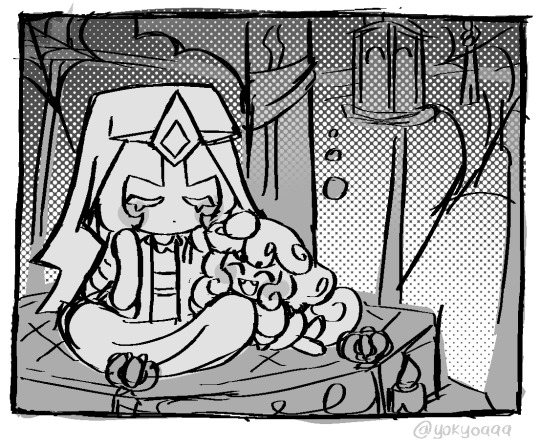
Homegirl js wanna go back home and pet her dog
#drawing this instead of studying for math exam tomorrow hshsh#mystic flour cookie#eternal sugar cookie#beast cookies#beast yeast#cloud haetae cookie#cookie run kingdom#cookie run#my art
6K notes
·
View notes
